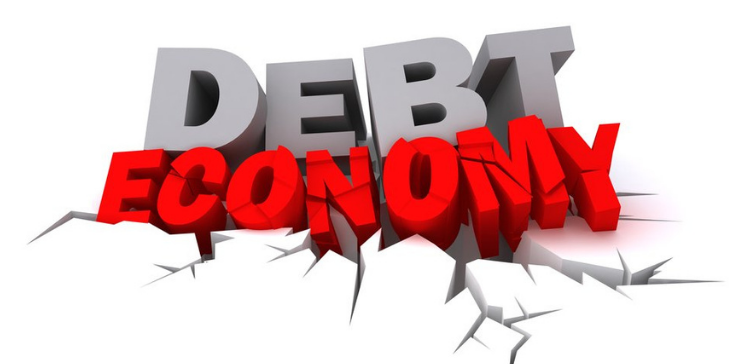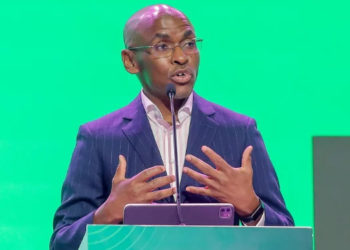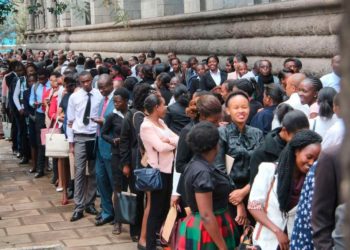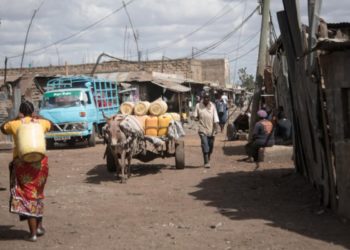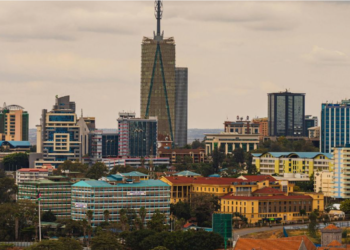Kenya’s economy is at a critical crossroads in 2025 as per the April 2025 World Bank’s assessment, with macroeconomic indicators stabilizing after a difficult period marked by a liquidity crunch, natural calamities like floods, and fiscal unrest, the nation’s recovery remains uneven and fragile. Real GDP growth decreased by 1.0% points to 4.7 % in 2024, a drop from 5.7 % in 2023 as per the recently released 2025 Economic Survey by Kenya Bureau of National Statistics signaling the weight of domestic vulnerabilities and external shocks on economic growth.
The government mitigated debt distress risks through a USD 900.0 million Eurobond buyback in February 2025, partially refinancing a 2019 Eurobond due 2027 with a new USD 1.5 billion bond maturing in 2036, though only USD 579.6 million was tendered. Tighter monetary and fiscal measures stabilized the exchange rate and strengthened foreign exchange reserves. Inflation fell to 4.1% in April 2025, down from 5.0% in April 2024. However with high debt servicing costs with debt service obligation for the FY2024/25 and global market volatility these improvements only mask deeper economic challenges
One of the most pressing concerns is Kenya’s persistent fiscal deficit, 4.5% of GDP in April and a high debt burden 74.2% of GDP in April 2025. Despite efforts to rein in public spending and improve revenues, the pace of fiscal consolidation has been slow, due to resistance from the public, with strong voices up against any new taxes in Finance bill 2025 just as witnessed in Finance bill 2024
While some sectors like agriculture and services have shown resilience, industry contracted slightly, and construction declined due to high interest rates and reduced government spending. The slow pace of public project completion and a backlog of pending bills equivalent to 3.0 % of GDP are stifling private sector activity.
Moreover, Kenya’s economic growth is not translating effectively into poverty reduction. The international poverty rate declined only marginally, from 35.1 % in 2023 to 34.6 % in 2024, with Kenya having 34.0% of its population living below the USD 2.2 poverty line. This weak link between growth and inclusivity stems from regional disparities, climate related disruptions to agriculture, and a widening gap in employment opportunities between skilled and unskilled labor.
Looking ahead, growth is expected to rebound modestly to 5.3% in 2025 supported by lower inflation, improving credit conditions, and stronger exports, particularly if the African Continental Free Trade Area (AfCFTA) gains traction. However, this outlook is contingent on meaningful fiscal reforms and better execution of development projects by the government.
Kenya’s policymakers must now stimulate economic growth while maintaining fiscal discipline and safeguarding macroeconomic stability. The country must prioritize investments in productivity, job creation, and infrastructural development. Only through structural transformation and inclusive growth can Kenya reduce poverty and place its economy on a more sustainable trajectory.


